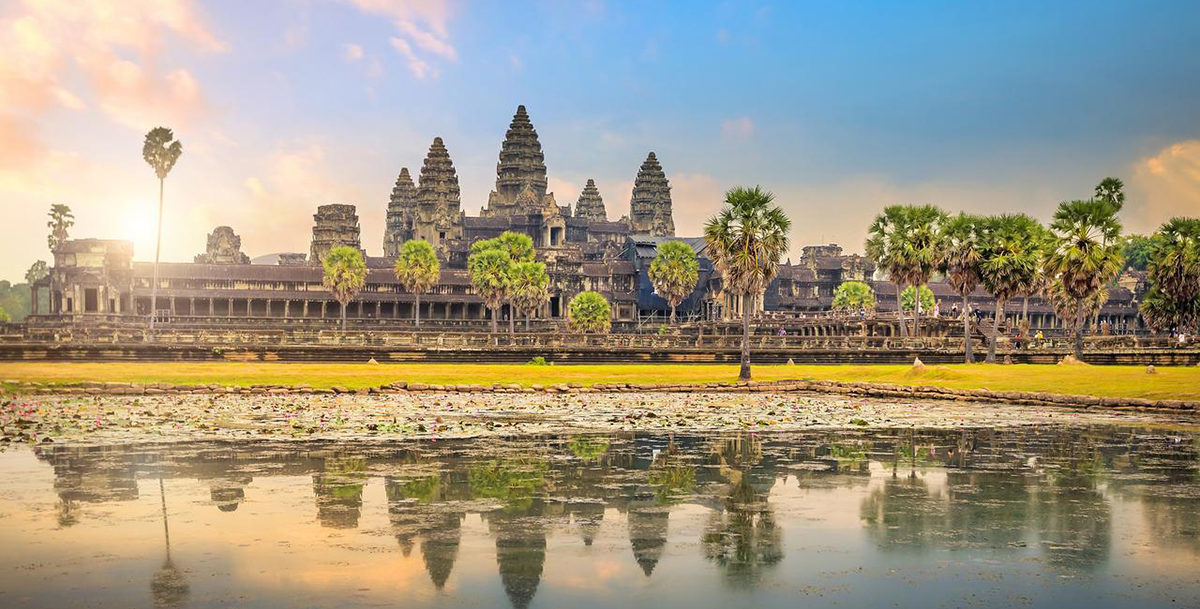(Image Credit: Wikimedia Commons. Shot of Angkor Wat)
The Khmer Empire of Cambodia and the Mon civilization of Dvaravati on the Chaophraya left a lasting legacy that would lay the foundation for future Tai civilization.
In Cambodia, the Khmer built a kingdom centered on their regal, ostentatious courts. The kings – devarajas, mouthpieces of divine authority – were, to the early Tai princes and their chroniclers, ruthless authoritarians. They represented the worst that kingship had to offer. The Khmer served as an early foil to the first Tai peoples, though the real story is more complex. The Buddhist kingship of Jayavarman VII, for example, served to cement Buddhism’s rise in Cambodia and Southeast Asia – a scenario the Tai kings might well have approved.
And in modern Thailand, the Mon peoples coalesced into a network of independent city states that we call Dvaravati. Theirs is a mysterious culture, not the least because almost no texts survive. What we do have suggests a commercial-oriented society of city-dwellers, trading goods from the interior and forests for goods from India. Their single greatest legacy, though, is spiritual: it was the Mon who cemented Buddhist culture in the Chaophraya Basin, including in the Theravada form it would take when the Tais first arrived.
Each culture was important in its own right. Today we briefly examine the two in order to set the stage for the arrival of our protagonists: the Tai.




